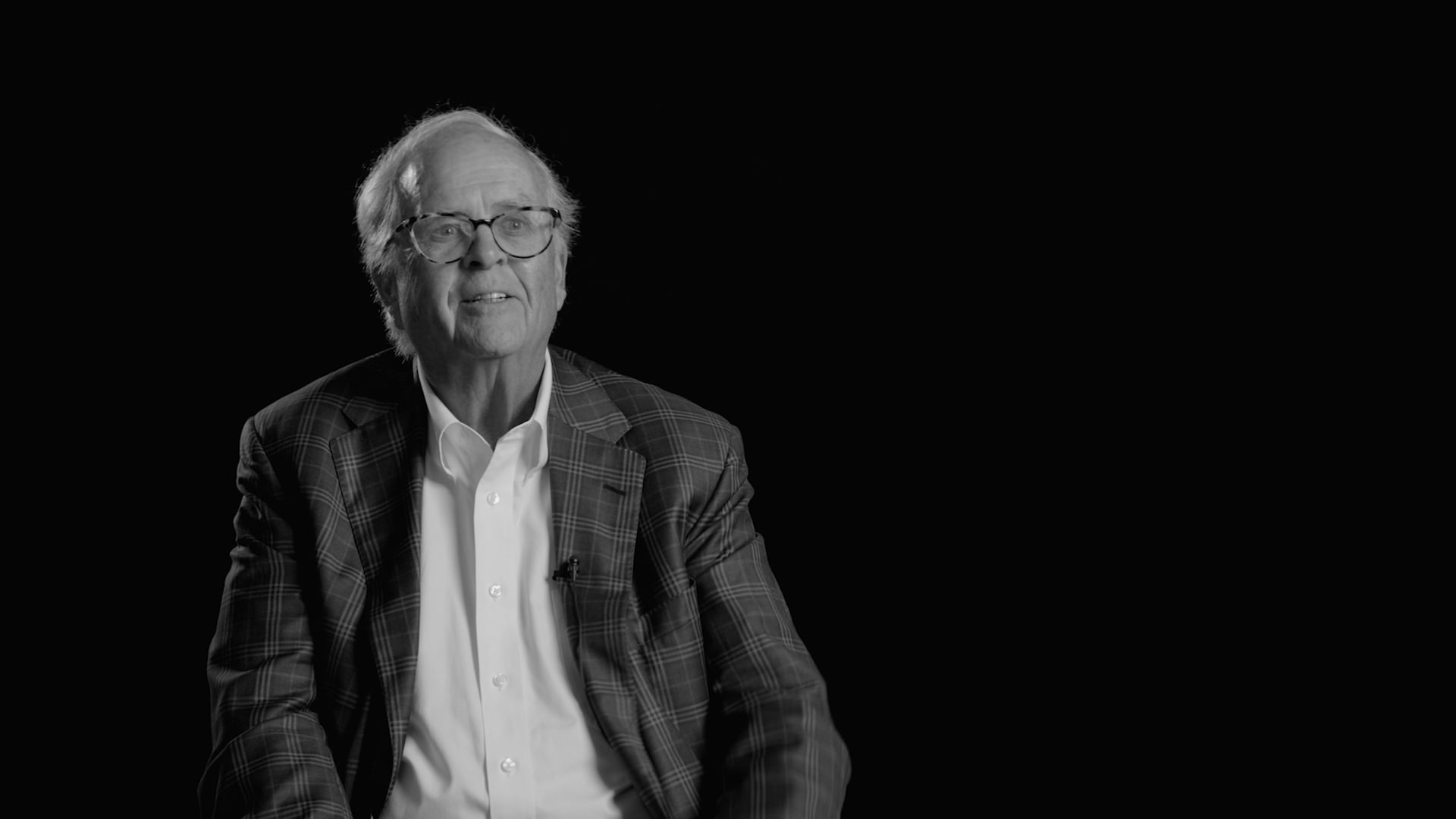
Unified Protocol and Emotional Disorders
So the unified protocol is actually based on some recent discoveries in, psychology and psychiatry. And that is that there is a very large group of disorders. In fact, it's the overwhelming majority of psychological disorders for which people seek treatment that are characterized by disorders of emotion, disorders of emotion regulation, underlying all of these disorders is some fairly substantial problems with modulating and regulating emotion. And therefore, there's a commonality that we can target in treatment because of that commonality we call it the unified protocol for trans diagnostic treatment of emotional disorders. Since all of these disorders really can be categorized as emotional disorders.
The core of these disorders that we call emotional disorders is actually very widespread and manifests itself in very different ways. But rather than focusing on the ways it manifests itself, such as eating, this regulation or panic attacks or cutting or something, we can go to the core or the underlying problem and attempt to remediate that. And that seems to be just as effective. That is as many people get better. As they do when we treat each disorder separately, based on established, psychological treatment protocols.
Or for that matter, established drug treatments. We also find that fewer people drop out. They seem to be able to hang in there and stick with it. Much to their, benefit. One of the advantages of the unified protocol, and one of the reasons quite frankly, that we developed it, was because it was becoming impossible. It was becoming very difficult for not only young clinicians, but all clinicians, to master all of the different treatment approaches to each individual disorder.
There are something like, two hundred and fifty disorders in the DS very, very difficult if you have a separate treatment protocol for each and every disorder. One of the major advantages of having a single protocol that gets to the underlying problems is that they can match or this intervention. They can spend their time unusefully adapting it to the person sitting in front of them. Without having to learn new techniques for every single, presenting a problem.
So it simplifies life for most clinicians.